Cycling vs walking: Which is better for beginners?
Cycling and walking are two great activities for beginners looking to improve their fitness. Here, experts reveal which is better depending on your goals
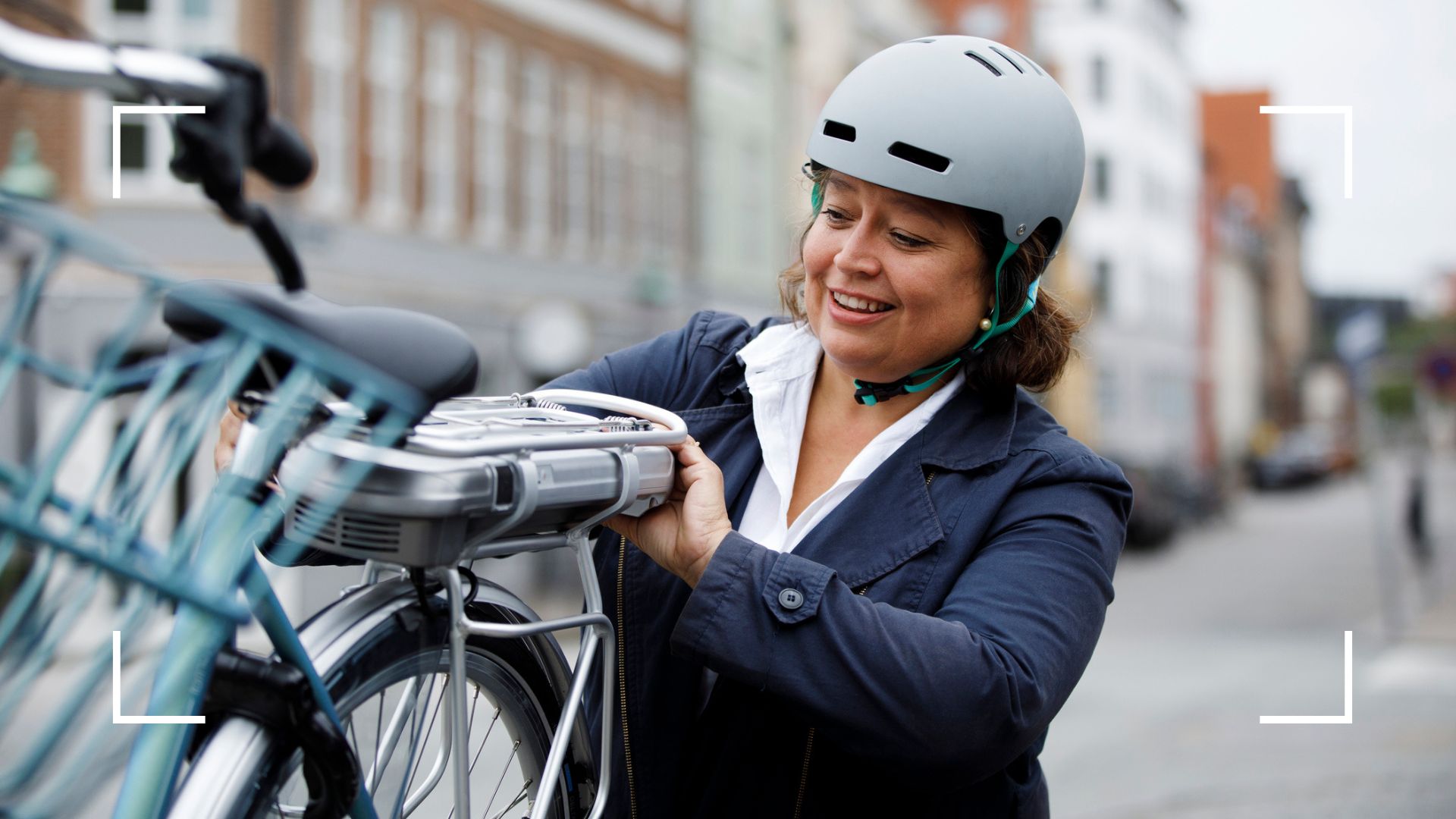

Whether you're picking your next gym class obsession or thinking about joining a hiking club, weighing up cycling vs walking could be harder than you think. Although the two exercises are arguably very similar, given their shared cardiovascular benefits, there are several differences between the activities to consider.
Depending on your chosen goal - be it weight loss, better fitness, or improved heart health - there may be one exercise between the two that is better suited to your needs. And while you could do a bit of both, for those who only have limited time to work out during the week, that might not be an option.
To help make the decision easier for you, we've spoken to personal trainers to find out for once and for all what's better for beginners when it comes to walking as a workout or cycling as a workout, plus tips on finding a routine that works best for you.
Cycling vs walking: Which is better?
This isn't a simple question to answer as there are quite a few conditions to consider when deciding which exercise is the one for you. With both sports being customisable in effort and skill, you really can make either one work for you. It all depends on your goals and want you want to get out of the activity.
So before you go out and buy your pick of the best walking shoes or a brand-new bike and helmet, here's some expert advice on which exercise is best at catering to your chosen fitness goals.
The best for weight loss
If you have a goal weight you're looking to reach then cycling just might be the one for you. Personal trainer and registered nurse, Stewart Parnacott, suggests cycling for the quickest and most effective weight-loss results.
He says, "Both cycling and walking are fantastic for shedding those unwanted pounds, but cycling takes the lead in this race. A high-intensity cycling session torches calories, making it an ideal choice for rapid weight loss."
Sign up for the woman&home newsletter
Sign up to our free daily email for the latest royal and entertainment news, interesting opinion, expert advice on styling and beauty trends, and no-nonsense guides to the health and wellness questions you want answered.
A relaxing bike ride through the park may not exactly cut it but spinning for weight loss is undoubtedly a sure way to start a healthy weight-loss process. Of course, it goes without saying that cycling or walking cannot help you lose weight alone, they should be incorporated alongside a well-balanced diet and calorie deficit.
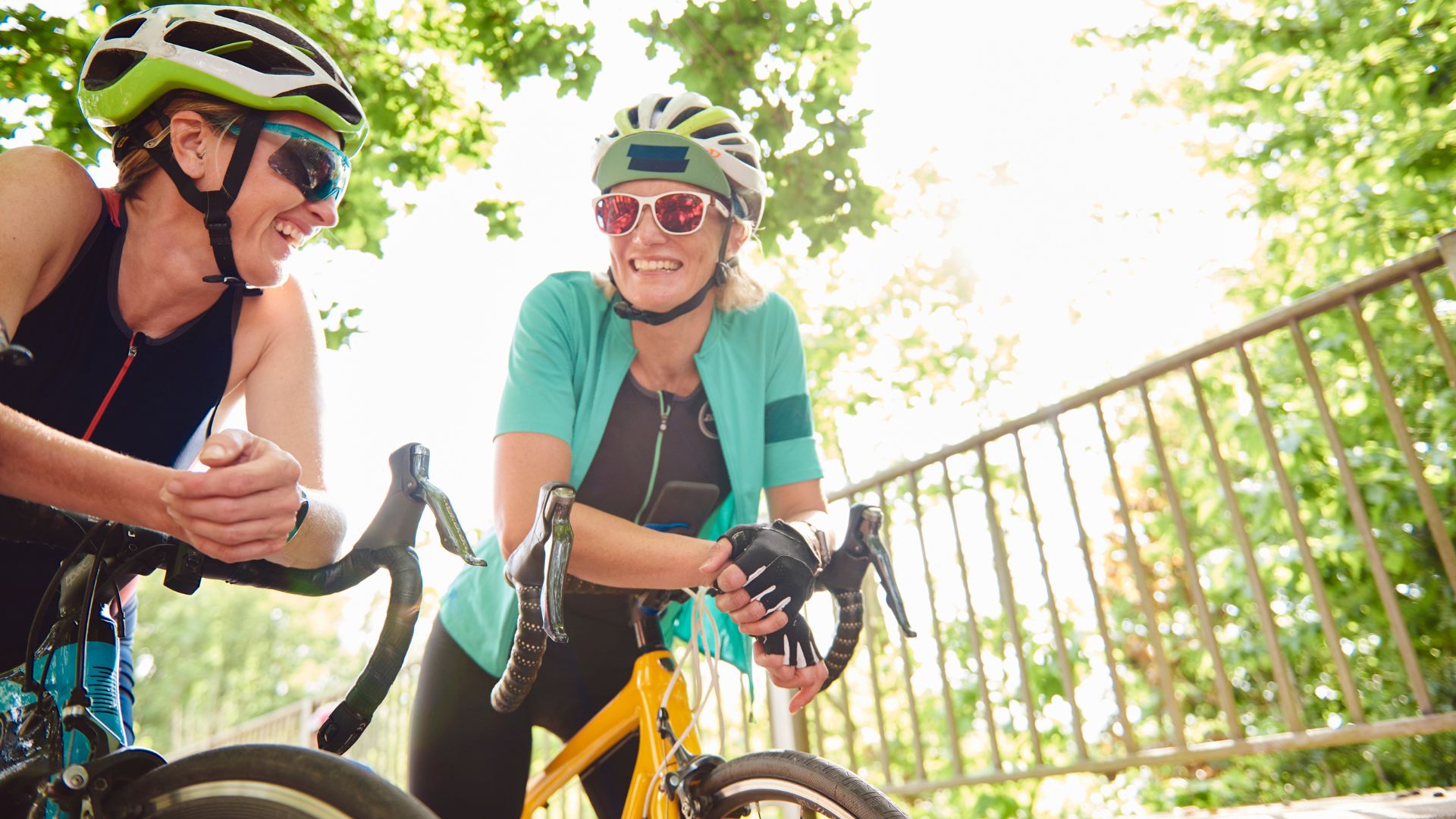
The best for burning fat
Perhaps you have even more specific fitness goals and you're looking to target fat in particular, which is more of a long-term goal. While it's not possible to spot-reduce fat, you can combine dietary changes with exercise to lose fat across your entire body.
When it comes to cycling vs walking, cycling will also be best for this. Parnacott says, "The high-intensity and consistent pedalling activate fat-burning mechanisms, accelerating your journey to a leaner physique."
The key factor in fat burning is both the duration and the intensity of the activity, so intense and prolonged sessions of either cycling or walking will definitely lead to increased fat burning. If you want to take your walking routine up a level, consider trying a challenging nature hike, like Nordic walking, as this will help with burning fat and deliver some wonderful views too.
The best for heart health
There are numerous health benefits of cycling and walking alike that have nothing to do with the aesthetic side of things. One of these great shared advantages is the improvement they can offer to your cardiovascular health.
Amanda Place, an award-winning personal trainer and founder of Sculptrition, believes that both exercises have major cardiovascular benefits but it largely depends on the intensity of the workout. "Engaging in either activity regularly can help lower the risk of heart disease, improve circulation, and strengthen the heart muscle," she says. "Cycling, being a more intense aerobic exercise, may offer slightly greater cardiovascular benefits, but regular brisk walking can also have a significant positive impact on heart health." Power walking, for instance, may be best for this.
Should you suffer from any heart problems or have a past of arrhythmia issues, it's best to consult a doctor when deciding how intense of a workout you can take on. Talking a gentle walk, in the style of soft hiking or walking meditation, is a great alternative and still plenty beneficial if you need to keep the intensity to a minimum.
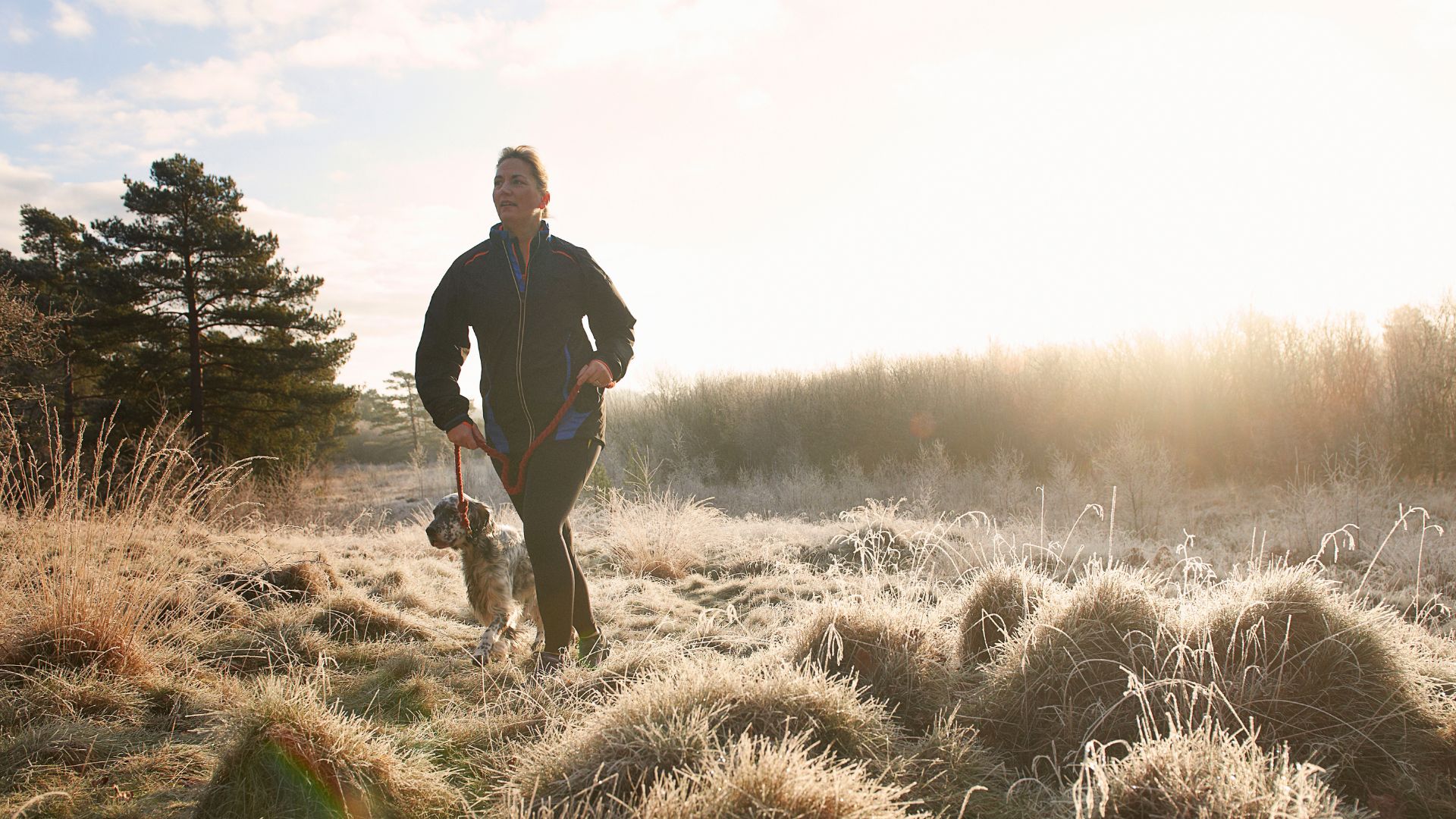
The best for blood pressure
Approximately one in four adults struggle with high blood pressure, a number which is set to increase over the next few years, according to the NHS. Along with a host of causes which are unchangeable, such as age or genetics, there are some steps we can take to try to keep our blood pressure low and our bodies healthy.
The health benefits of walking and cycling don't stop with heart health, as they're aerobic in nature they're great for our blood pressure too. Place says, "Cycling and walking are considered aerobic exercises and engaging in this type of exercise regularly helps improve blood vessel health and reduces the risk of hypertension." Hypertension is a condition in which your blood vessels have persistently raised pressure which can lead to serious heart problems.
Depending on your age and fitness level, both activities can be adjusted to suit you with the choice to increase their intensity over time. In the cycling vs walking debate, it's a joint win for blood pressure benefits.
The best for beginners
If you're a complete beginner to either exercise, taking up walking is most definitely your best choice. With no extensive or expensive equipment needed, the exercise is free and requires no real skill when first starting out.
Should you want to take your walking up a notch, then challenging hikes (while avoiding the top hiking mistakes) are the natural next step. Although footwear is always an important consideration when it comes to the terrain you encounter on your walks, hiking may require some more specialised kit. Whether that's walking boots or lightweight backpacks, preparing for a lengthy and intense route will mean investing in some high-quality kit.
In terms of skill level, walking is another clear winner. However, as with cycling, if you're walking for weight loss or fitness there are ways to increase the difficulty should you want to.
The best for improving your fitness
When it comes to improving fitness, it's important to understand this is something that happens over a longer period of time and cannot be achieved easily or quickly. Therefore when it comes to choosing between cycling and walking, it's best to pick the exercise you enjoy the most.
Fitness entrepreneur and personal trainer Josh York stresses the importance of picking exercises you genuinely want to do. He says, "Finding a consistent and enjoyable exercise routine is the best way to improve your fitness. If you enjoy walking, make walking a part of your schedule every day; if you enjoy cycling, then do that."

The best for socialising
Cycling communities and walking clubs are becoming more popular than ever, with people craving not only outdoor time but also human connection. Perhaps you're looking for some friendly competition or even just a bit of company, both cycling and walking can offer these social opportunities.
There is one that is slightly more suited for conversation, however, and that is walking. "For socialising, walking is great," says York. "You can join groups or set times with friends to get your body moving, enjoying all the benefits of hiking, while also keeping up with those relationships."
It's not without its downsides though. "That being said, it's also easier to slow down or get distracted from the 'workout' element of your outing if you get lost in conversation. Try to set a pace and keep it."
Walking is considerably more social but you can have a great chat with friends whilst cycling together. The exercise does require a little more awareness of your surroundings though, especially when cycling on a busy road or riding particularly fast.
The best for mental wellbeing
Perhaps physical fitness isn't at the top of your list of priorities when it comes to choosing between the two exercises. Whether outdoors or not, both cycling and walking can have amazing positive effects on our brain and overall mood.
The power of endorphins is no mystery, as a report by New York University outlines. When we partake in physical activity our brains are filled with feel-good neurotransmitters meaning we leave our workouts feeling happier. Both cycling and walking can deliver these endorphins, however, there are more specific wellbeing advantages provided by each activity.
Walking, whether for short or long periods, can be a great help with anxiety and stress. Should you choose to take your walking off the treadmill and into the outdoors, natural surroundings can also be great at providing some much-needed peace. On the other hand, if you're craving a little more action and fast-paced adventure then cycling can be brilliant for letting off some steam. Sometimes there's nothing better for post-work stress than a sweaty spin workout or a competitive race on your local bike trail.
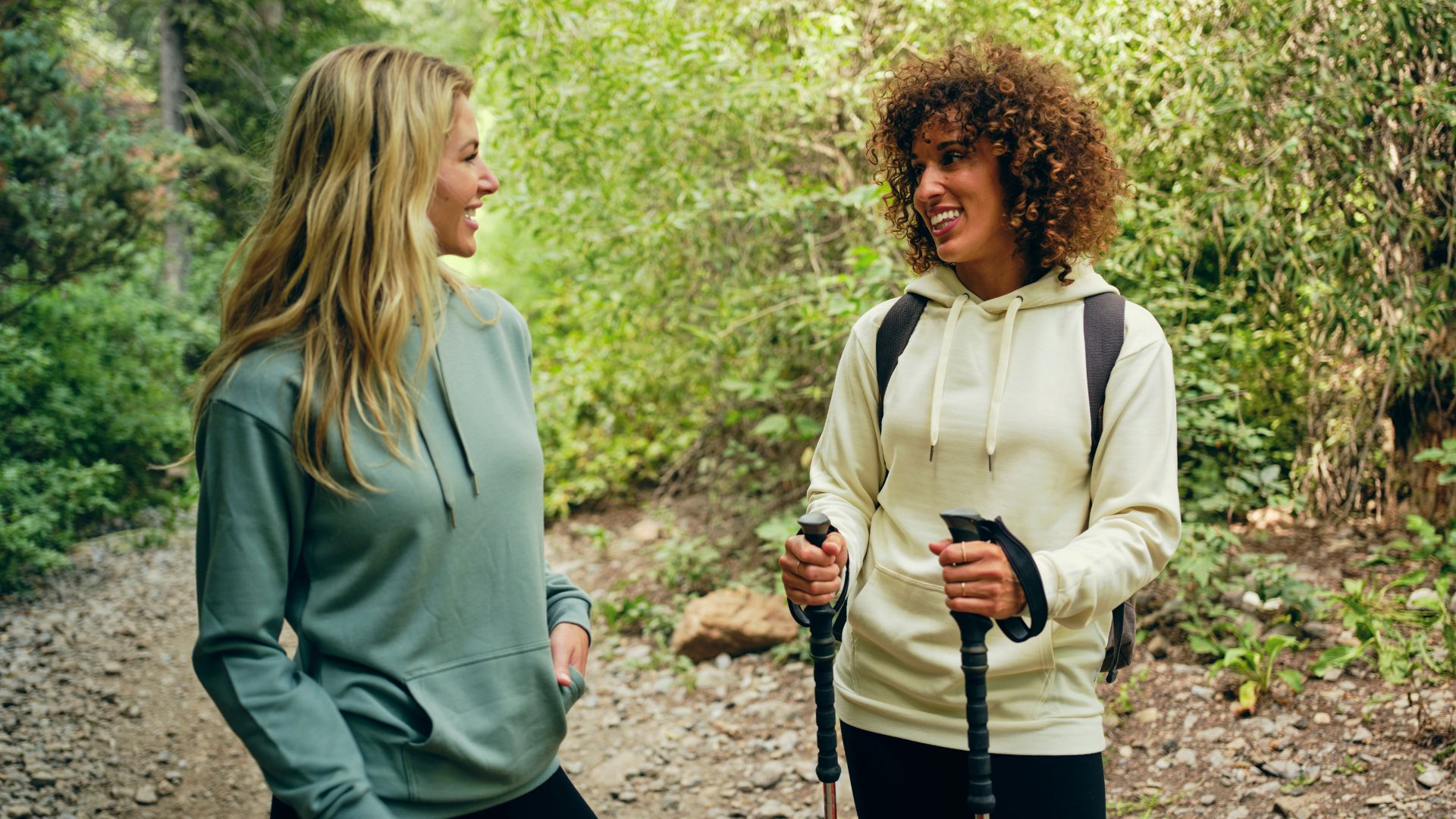
Cycling vs Walking: Which is better overall?
Perhaps unsurprisingly, all of the experts came to the same conclusion. Parnacott says, "In the gripping cycling vs walking debate, there's no definitive winner. Both activities offer unique advantages and cater to diverse fitness goals. The ultimate champion lies in choosing the activity that aligns with your preferences, fitness level, and individual health objectives."
Echoing this argument, York recommends that you should choose whichever exercise you find the most purpose and enjoyment in. He continues, "Whatever you value most, whether that’s going on a walk with friends or building up a sweat on a high-intensity cycle, should determine which is better for you."
30 minutes of cycling vs 30 minutes of walking
If your goals are based more around physical fitness and aesthetic changes then cycling for 30 minutes will certainly get you there quicker. Place says, "If you’re wanting a faster rate of weight loss, calorie burn or fitness improvement, cycling tends to be more efficient. The intensity and speed of cycling can help you burn more calories and improve your fitness levels quicker than walking 30 minutes a day."
However, if you're a beginner and are looking for a sociable exercise to pick up, walking is the better choice. What it truly comes down to is picking whichever brings you the most enjoyment and long-term benefits.

Stationary bike vs walking on a treadmill
Whether you're a regular at the gym or looking to invest in some at-home workout kit, you may wonder what different advantages each piece of equipment can offer.
Both treadmills and stationary bikes are both considerable contenders, however, Parnacott is quick to highlight how bikes are much better for joint health. He says, "Stationary bikes provide a lower-impact option, they reduce stress on joints while still delivering a great intense leg workout."
Despite this, treadmills are great for engaging other muscle groups and improving both balance and coordination. So if your joints can take it, then a treadmill is not out of the question. Once again, the two choices heavily rely on personal preference and physical ability.

Emily joined woman&home as a staff writer after finishing her MA in Magazine Journalism from City University in 2023. After writing various health and news content, she now specialises in lifestyle, covering unique cleaning hacks, gardening how-tos, and everything to help your houseplants thrive.
-
 Twiggy can't get enough of this embellished red blazer - and you'll never guess where it's from
Twiggy can't get enough of this embellished red blazer - and you'll never guess where it's fromA tailored jacket in a bold colour is a wise investment that will work for years to come
By Matilda Stanley
-
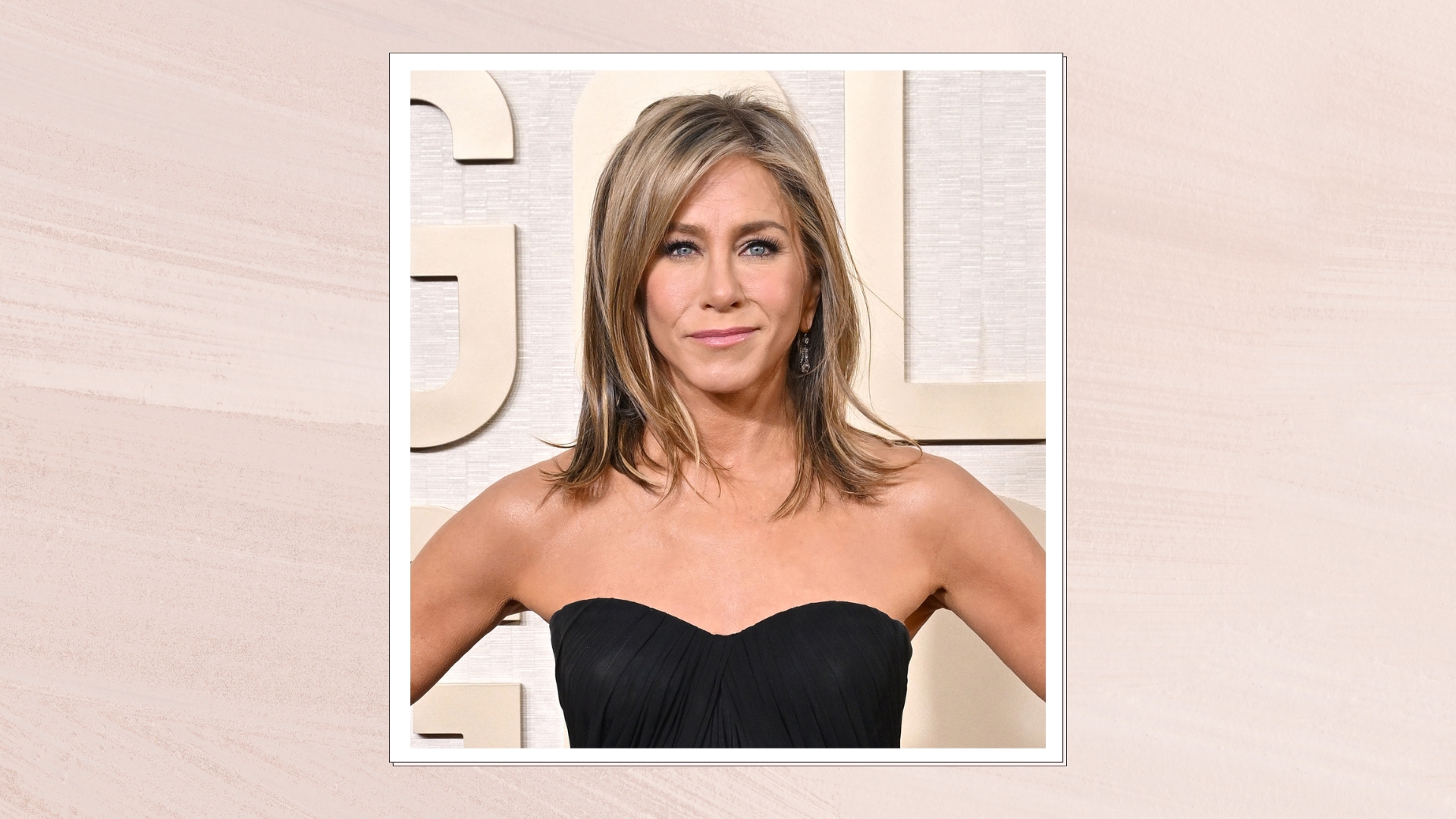 One just isn't enough: Jennifer Aniston's hairstylist uses these two shampoos to maintain those iconic, glossy and frizz-free strands
One just isn't enough: Jennifer Aniston's hairstylist uses these two shampoos to maintain those iconic, glossy and frizz-free strandsAnd he's shared a helpful washing trick that keeps her hair cleaner for longer...
By Sennen Prickett
-
 Is coffee good for gut health? Nutrition experts reveal the truth behind our favourite wake-up call
Is coffee good for gut health? Nutrition experts reveal the truth behind our favourite wake-up callIs coffee good for gut health? Or is it time to bid adieu to our beloved caffeinated friend?
By Emily Smith
-
 Do blue light glasses actually work? We asked optometrists if you should get a pair
Do blue light glasses actually work? We asked optometrists if you should get a pairDo blue light glasses actually work and can they protect our eyes from all the screens in our lives?
By Emily Smith
-
 Winter plays havoc with our gut health - here's how to get it back on track
Winter plays havoc with our gut health - here's how to get it back on trackExperts reveal why it's so important to look after your gut health in winter and how to do it best
By Emily Smith
-
 What is pink noise? Experts reveal how this sleep-inducing sound works to help you drift off
What is pink noise? Experts reveal how this sleep-inducing sound works to help you drift offYou might have heard of white noise before but it's pink noise that's been proven to help you drift off and improve your health in other ways
By Emily Smith
-
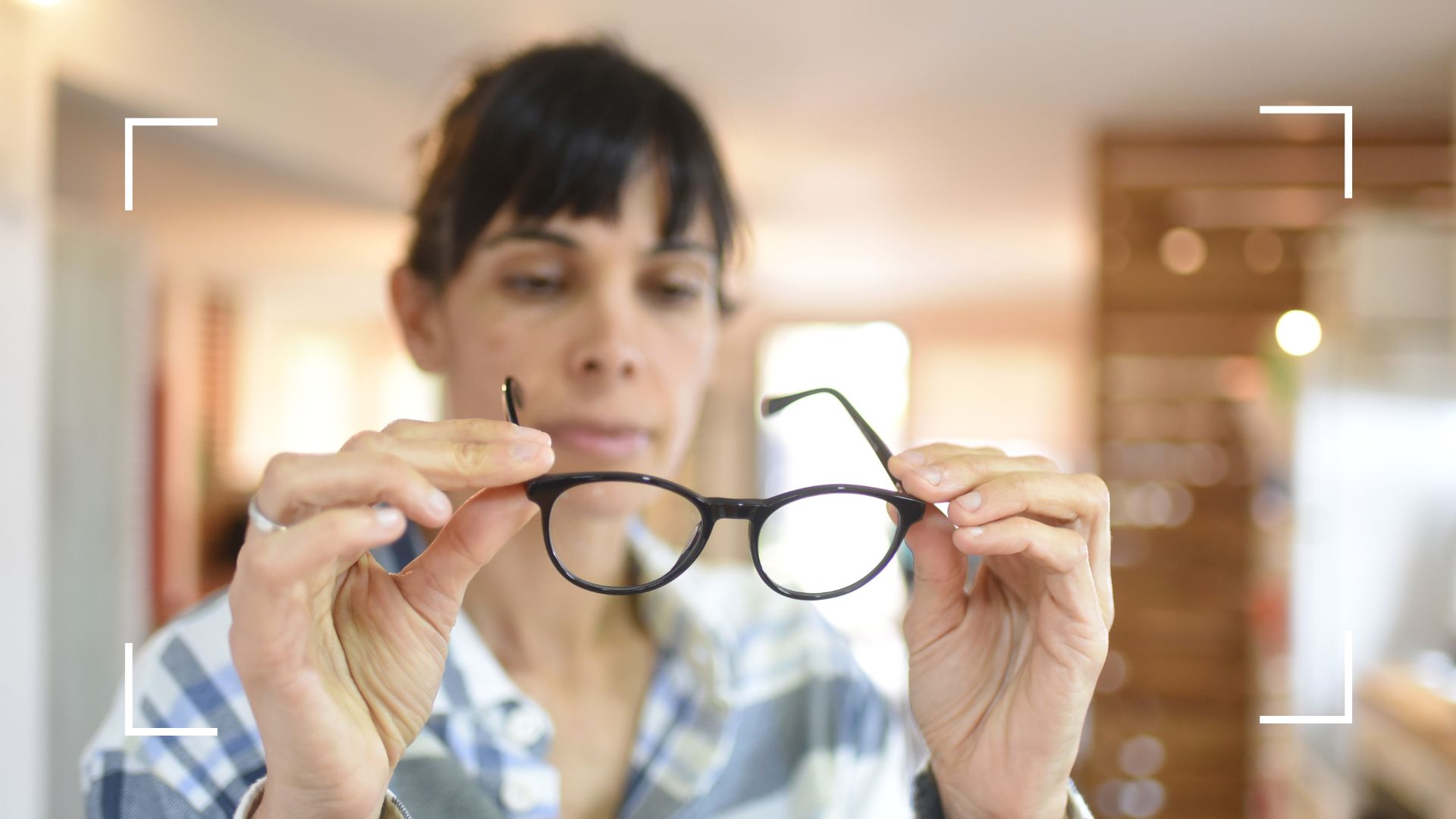 Can menopause cause dry eyes? Doctors reveal the truth behind the symptom
Can menopause cause dry eyes? Doctors reveal the truth behind the symptomYou might not think having dry eyes has anything to do with menopause, but this is actually one of the more unexpected symptoms
By Emily Smith
-
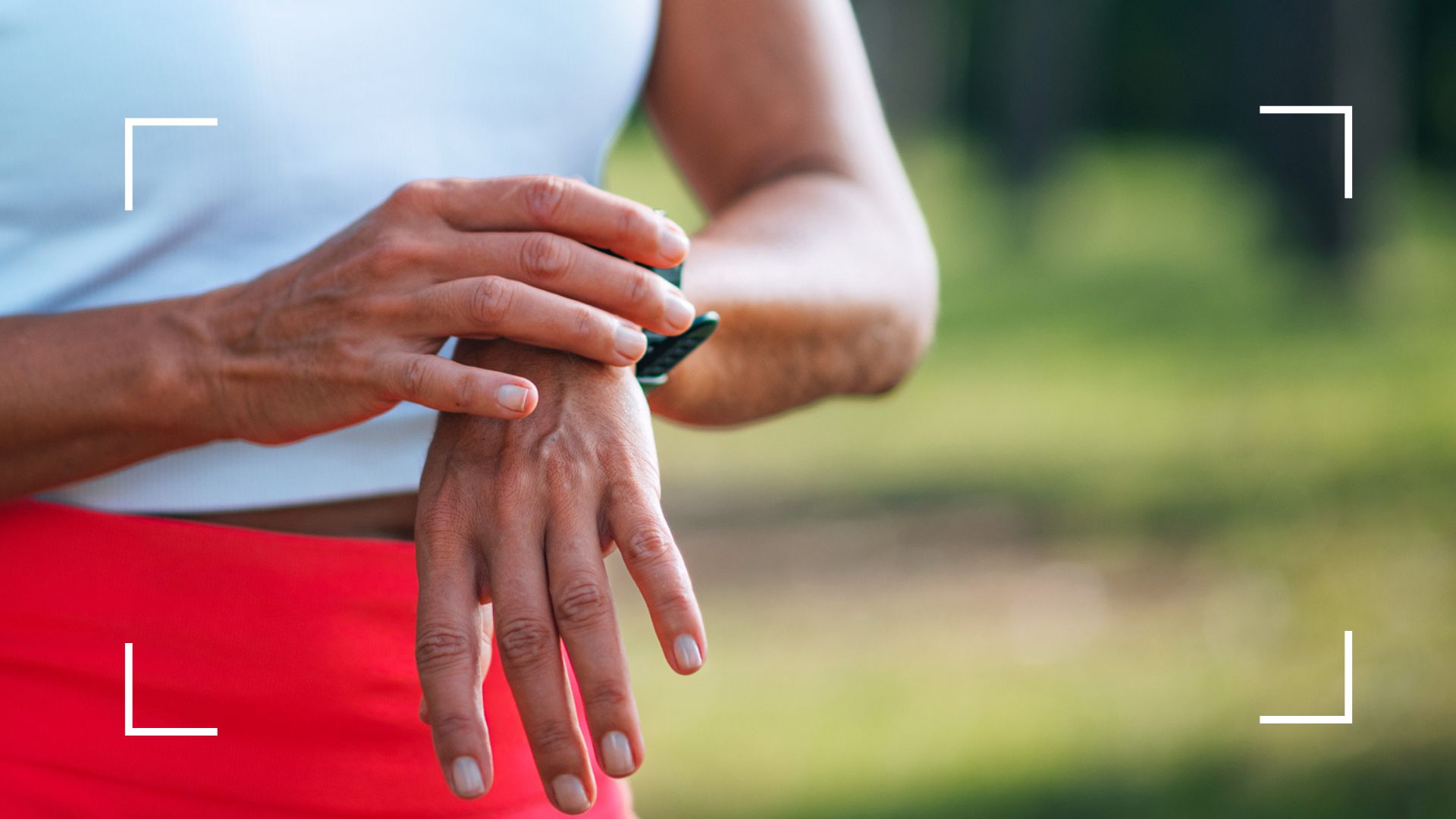 How to clean a Fitbit properly with these 5 easy steps
How to clean a Fitbit properly with these 5 easy stepsHere's how to clean a Fitbit properly, after a study has revealed it's most likely three times dirtier than a toilet seat
By Emily Smith
-
 Can menopause cause insomnia? If you're having sleepless nights, this is what a doctor wants you to know
Can menopause cause insomnia? If you're having sleepless nights, this is what a doctor wants you to knowCan menopause cause insomnia? Unfortunately so, but there are a few ways to lessen the effects and get a better night's sleep
By Emily Smith
-
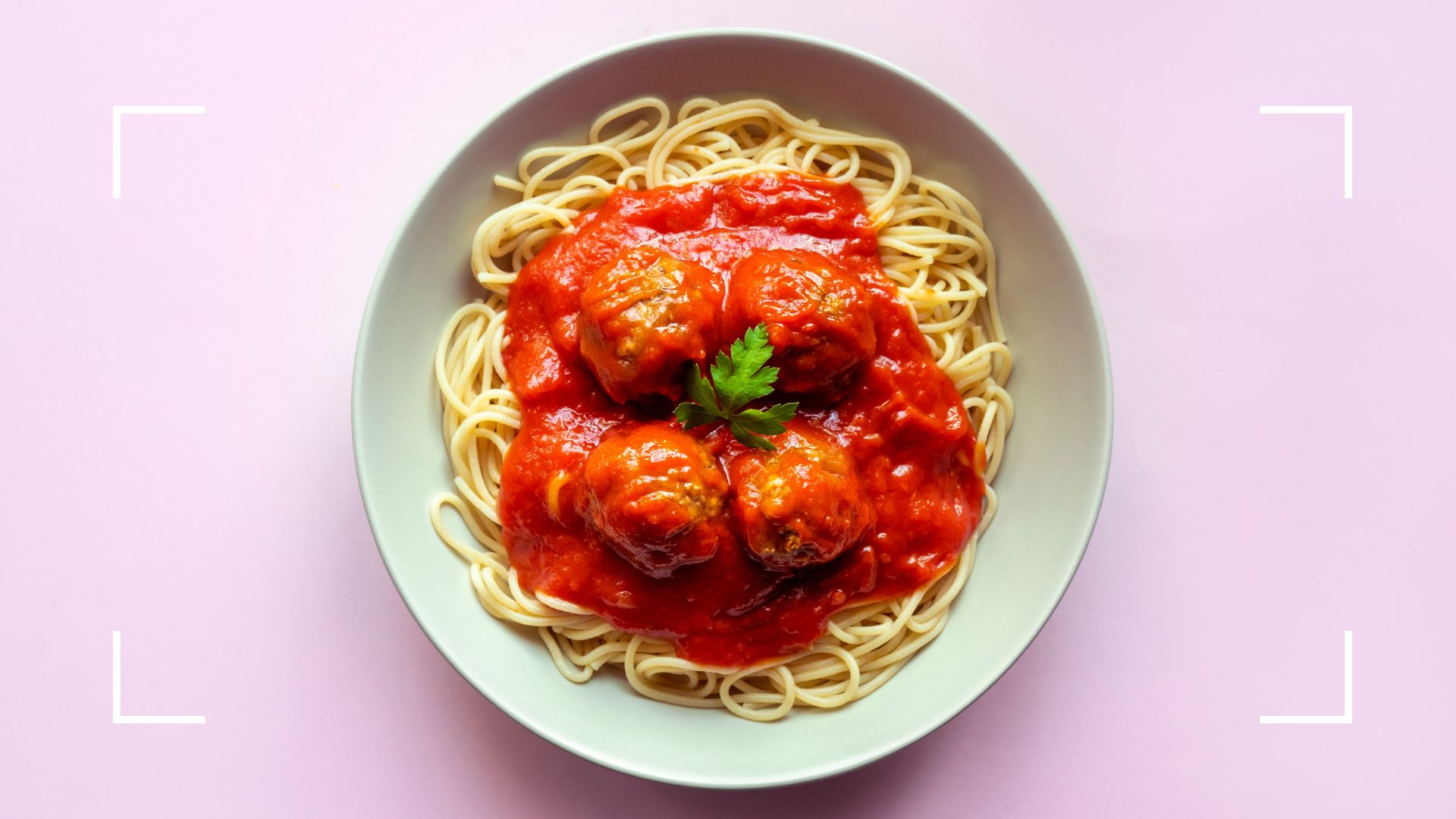 Can menopause cause a loss of taste and smell? Plus, 6 other signs of menopause you might not expect
Can menopause cause a loss of taste and smell? Plus, 6 other signs of menopause you might not expectCan menopause cause a loss of taste and smell? It's more than just colds and flu that can change our tastebuds
By Emily Smith